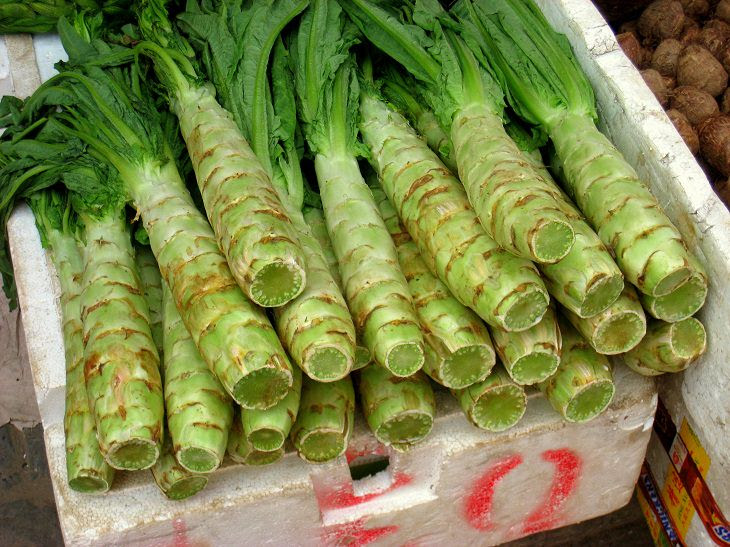Advantages Of Melon Seeds!
1.Watermelon seeds for hair: The seeds contain adequate amount of protein, which is helpful for your hair health. The seeds contain iron, which helps to strengthen your hair and promoting hair growth. It prevents your hair in making thin, dry and dull. The seeds contain magnesium, which is good to make your hair strong and healthy. The roasted seeds contain copper that produce melanin, a pigment, which is responsible in coloring of your hair. The essential amino acids prevent breakage of your hair. Its oil helps to treat your itchy scalp as it easily absorb in your scalp region.
2. Watermelon seeds for glowing skin: These seeds are abundant with fatty acid like oleic acid and linoleum acid, which is beneficial in making your skin healthy. The unsaturated fatty acids make your skin moisturized. The seeds oil prevents dry, dullness and acne to skin. The presence of fatty acid makes your skin fairer and smooth. The application of its oil on your face is beneficial in treating of acne, blemishes, wrinkles and other skin related problems. The presence of antioxidants ensure smooth skin thereby delaying your aging process.
3.Watermelon seeds to combat diabetes: It is a proven fact that watermelon seeds help to keep diabetes at bay. Add some watermelon seeds (~ a handful) in one-liter water. Bring the mixture to a boil (~40-45 minutes). For better results, drink this liquid regularly.
4.A boost to male fertility: Lycopene, a strong antioxidant, plays a significant role in enhancing the male fertility.
5.Watermelon seeds for a sharp memory: People with a short memory or memory problems benefit immensely from watermelon seeds.
6.Regulates blood pressure: Arginine present in watermelon seeds plays a significant role in regulating the blood pressure. It also plays a pivotal role in the prevention of coronary heart diseases.
7.Get rid of dandruff: People with itchy scalp and dandruff can use watermelon seed oil for some relief.
8.Rich source of proteins and amino acids: Watermelon seeds are a rich source of proteins and amino acids. Thus, it plays a significant role in strengthening the hair. The essential fatty acids go a long way to prevent extensive hair damage. Watermelon seeds are loaded with multivitamin B, ensuring a healthy immune and nervous system.
9.Full of omega 6 fatty acids: The watermelon seeds are full of polyunsaturated fatty acids (PUFA) and omega 6 fatty acids. These fatty acids act as a shield, keeping the bad cholesterol or low-density lipoprotein (LDL) level within limits. The lower level of LDL implies a lesser probability of cardiac and other heart ailments.
10. Healthy heart: Drinking tea made of watermelon seeds is instrumental in maintaining a healthy heart. The magnesium present in the seeds aid in the stabilization of the metabolic processes, important for the proper functioning of the heart. The watermelon seed oil, known as the Kalahari oil, has excellent moisturizing properties and is often used as a skin moisturizer.
11.Treat edema: In many cases, watermelon seeds are used to treat edema. A teaspoon of the melon seeds (dried and grounded) is mixed with a teaspoon of honey. The mixture is then added in a cup of water (lukewarm to warm, ~3/4th). The concoction is mixed well and consumed twice daily
12.Watermelon seeds for nervous system: It is known for vitamin B complex. It contains niacin, folate, thiamine, patotheinic acid and vitamin B6. Out of all these vitamins, Niacin is very important in maintaining of nervous system, digestive system and beauty of skin.
These seeds can be used in a variety of dishes from salads to desserts to get its best benefits.
FOR INFO ABOUT KNEE REPLACEMENT, YOU CAN VIEW MY BLOG-
https:// kneereplacement-stickclub.blogspot.com/
FOR
CROCHET DESIGNS
https://my crochet creations.blogspot.com
Labels: amino acids, boosts, combats diabetes, dandruff, edema, glowing skin, hair care, heart health, lowers BP, male fertility, nervous system, Omega 6 fatty acids, proteins, sharpens memory, watermelon seeds

